|
|
Post by Chris K. Hale on May 17, 2020 10:35:44 GMT -8
|
|
gorf
Full Time Ride
  
Posts: 137
|
Post by gorf on May 17, 2020 10:48:55 GMT -8
Now I know what to do with my leftover Heller Stuff!! Where did you get the body.
Looking forward to this!
Steve
|
|
|
|
Post by arcticwolf on May 17, 2020 11:46:30 GMT -8
I see a lot of the CanAm car in the shape. Cool!.
|
|
|
|
Post by 2whl on May 17, 2020 12:04:10 GMT -8
Nice project, Chris. When I saw the resin body I thought 917PA. And then I found a pic in my archives that is labeled Porsche 917PA Jo Siffert Mid-Ohio Can Am 1969 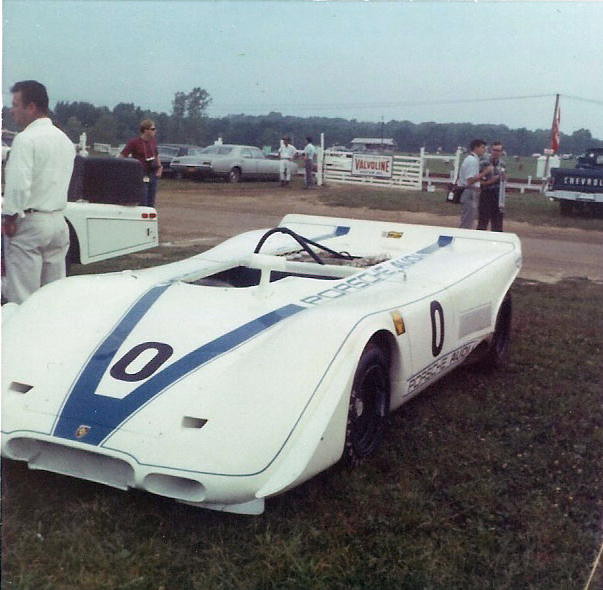 |
|
|
|
Post by Chris K. Hale on May 17, 2020 12:29:37 GMT -8
Paul, the prototype was very similar to the 917PA the biggest difference was I believe the PA was a twin turbo and the Prototype was non turbo. The PA was turbo to boost the Horse power and compete with the McLarens and the the 917-30 I am replicating the factory prototype also non-turbo. A while back I was reading some of the entry lists for the Can Am and Interseries and there was a factory car that was designated differently than the PA, 917-10 & 917-30 and I think it was this version.. Either way I thought this was a great way to use a Heller 917K kit in a different way. If you look closely at the tops of the intake plenums on the PA it has the silver plugs and not the stacks as on the car I an doing. Steve, I got it on ebay for $24.99 inc shipping here is the link, I see he dropped the price a few bucks but added shipping... www.ebay.com/itm/Porsche-917-Spyder-Resin-Conversion-Body-Needs-1-24-917-kit-or-Spares/362975590536?hash=item548307f888:g:2c8AAOSwzUVc~SRe Chris |
|
|
|
Post by Chris K. Hale on May 17, 2020 12:46:05 GMT -8
Looking at some more info, the non-turbo spyder was the Interseries car, also didnt have the side holes in front of the rear wheels.. like the resin body I got , that kind of breaks it down more.. 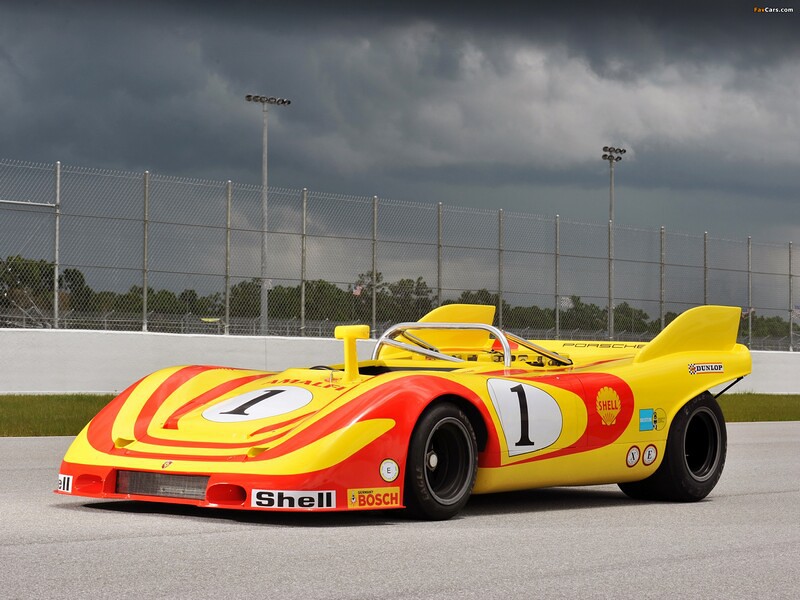 I like this version too 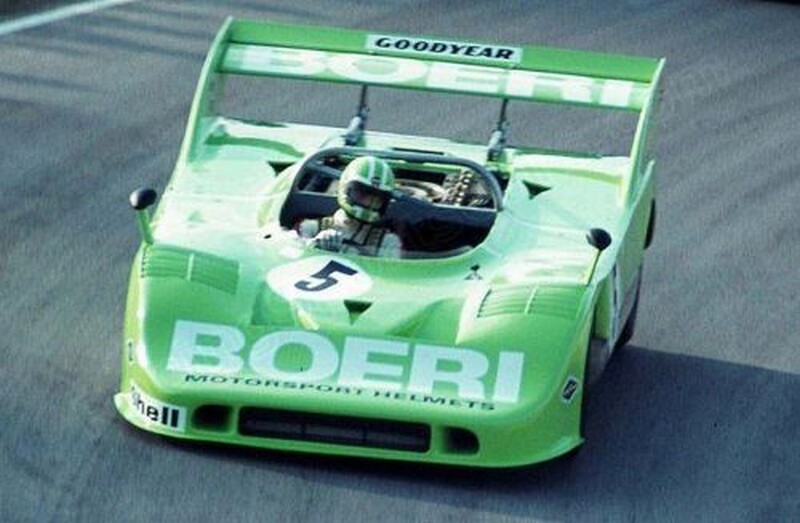 |
|
|
|
Post by vintagerpm on May 17, 2020 16:13:45 GMT -8
The kit is a 917PA, which is Jo Siffert's 1969 Can-Am car. Versions of it later gound their way into the Interserie (like the red/yellow car).
The original white prototype photo is a 917/10 (possibly one of the prototypes). The green car is an Interserie 917/10.
FYI: Not all 917/10s were turbocharged. (I assume this was to give the Penske team an edge in 1972.)
|
|
|
|
Post by vintagerpm on May 17, 2020 16:18:59 GMT -8
The kit is a 917PA, which is Jo Siffert's 1969 Can-Am car. Versions of it later gound their way into the Interserie (like the red/yellow car). The original white prototype photo is a 917/10 (possibly one of the prototypes). The green car is an Interserie 917/10. FYI: Not all 917/10s were turbocharged. (I assume this was to give the Penske team an edge in 1972.) Actually just remembered, THE first 917/10 was not turbocharged. It was Siffert's 1971 Can-Am car. 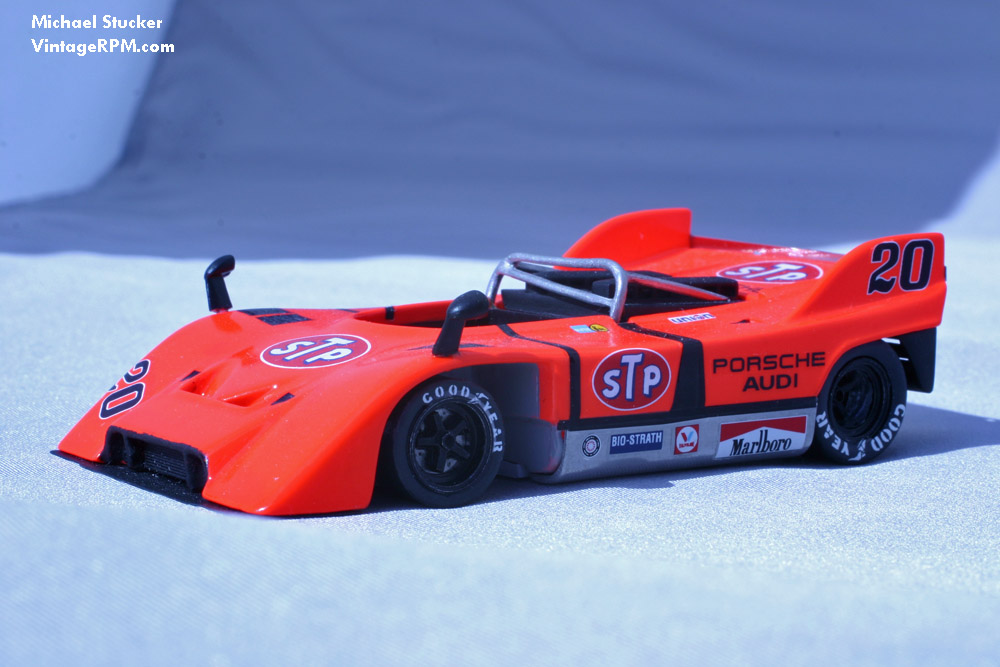 That makes the photo of the white car a possible turbo car prototype. |
|
|
|
Post by Chris K. Hale on May 18, 2020 5:03:41 GMT -8
I said it was a non-turbo car, it does not have the Turbo exhaust holes on the sides like all Turbo cars do and it has the black injection stack covers on the top of the engine. I had read the white car was a prototype running at probably the Weissach factory test track. I do apologize if I made some of the info confusing, When researching this car there so many conflicting accounts and info. The factory had built so many versions for many types of racing and to meet FIA # requirements, remember the old story of Porsche rolling them in and out of the factory to meet FIA requirements? 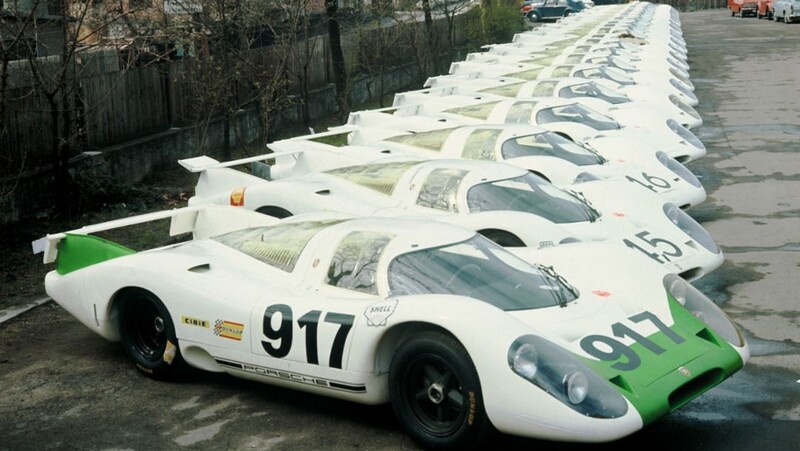 |
|
|
|
Post by Chris K. Hale on May 18, 2020 5:09:02 GMT -8
The first pic is of the engine in the #20 car. This is the car that Granatelli bought STP sponsorship the night before and spent all night using spray cans in the pits to paint it before the race.. from the book " Call Me Mr. STP" by Andy Granatelli..
|
|
|
|
Post by vintagerpm on May 18, 2020 7:57:48 GMT -8
I said it was a non-turbo car, it does not have the Turbo exhaust holes on the sides like all Turbo cars do and it has the black injection stack covers on the top of the engine. I had read the white car was a prototype running at probably the Weissach factory test track. I do apologize if I made some of the info confusing, When researching this car there so many conflicting accounts and info. The factory had built so many versions for many types of racing and to meet FIA # requirements, remember the old story of Porsche rolling them in and out of the factory to meet FIA requirements? Yes, the various stories do confuse the situation. In fact, the CSI forced Porsche to present all 25 cars in running order for inspection before they would homologate them. There is a picture in Glen Smale's "Porsche 917: The Complete Photographic History" (taken from the opposite direction of the one you posted) where you can count all 25 cars. As for the painting of the STP car, I hope (and believe) your story is true, because the one I heard years ago is just too weird. I was told they could not find day-glo red paint at the last hour, but did find day-glo red contact paper (shelf paper). Early wrap? I think not. :-) |
|
|
|
Post by bsmooth on May 18, 2020 8:23:52 GMT -8
Reminds me a lot of the 908/2 that Steve McQueen drove, but not quite the same. I think it was #48
|
|
|
|
Post by Joel_W on May 18, 2020 8:27:25 GMT -8
Chris,
What a fantastic build this is surely going to be. Being a Porsche fan, I'll be following along with great interest.
Joel
|
|
|
|
Post by pnance26 on Jun 10, 2020 15:50:41 GMT -8
The first pic is of the engine in the #20 car. This is the car that Granatelli bought STP sponsorship the night before and spent all night using spray cans in the pits to paint it before the race.. from the book " Call Me Mr. STP" by Andy Granatelli.. No photos! |
|
|
|
Post by Oldtimer on Jun 11, 2020 13:23:24 GMT -8
I was at the Can Am race at Texas International Speedway in 1969 working for Union 76, where Seppi brought the Porsche 917PA. Here are some pictures from Getty Images which pretty clearly show that at that race (and if memory serves me right, I can confirm) it was normally aspirated.  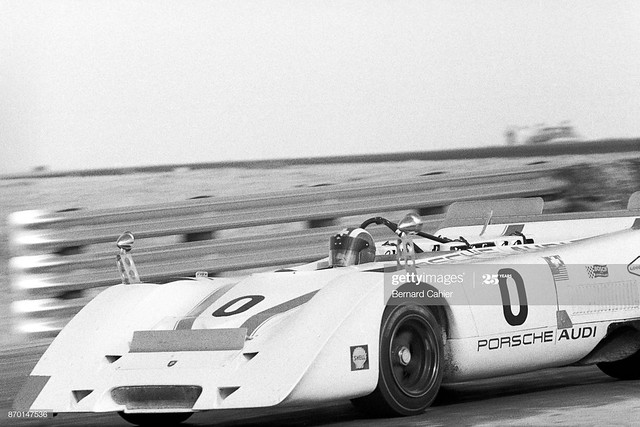   I think it received the STP livery until the 1971 season. |
|